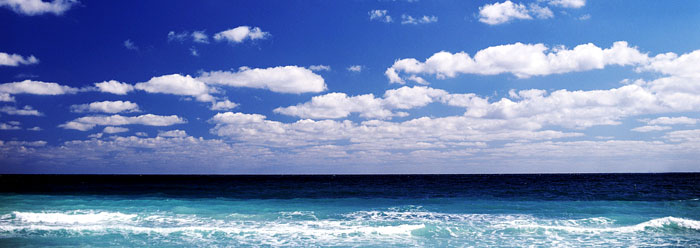Landing tracks made by flying reptiles have been found for the first time. They were discovered in limestone deposits in France, but prints made by modern birds in mud and sandy shorelines today are erased within mere hours or days. So, how did these unique pterosaur tracks survive over millions of years?
David Hone, a paleontologist at the Institute of Vertebrate Paleontology and Paleoanthropology of China in Beijing, expressed the rarity of these new fossils, which were described in a report published online in Proceedings of the Royal Society B.1 Though he did not participate in the study itself, he told LiveScience that “if tracks from pterosaurs are going to get preserved, it's likely to be in the softest muds or finest sands, and it's unlikely even then, so to get traces of a pterosaur landing like this is very exciting.”2
If the sediment is too coarse, lightweight flyers would not provide enough pressure to leave an indentation. But the soft, wet mud and fine sands that could most easily be marked are also therefore the most easily altered by the slightest subsequent events. The tracks could not have lasted long. The mud in which the pterosaur tracks were left must have contained or been exposed to a cementing agent that allowed it to “set up” rapidly, like concrete.
Kevin Padian of the University of California, Berkeley, a co-author of the study, noted that “there are hundreds of trackways in this big quarry.”2 However, extensive slabs of hardening limestone do not happen today. Hone admitted that it was “unlikely” for a landing reptile to have formed these tracks—especially when only present processes are considered as possible causes.
During hours or days at most after deposition, creatures traipsed across the upper layer’s fresh surface, perhaps finding this area to be the only nearby habitable patch of land. Then their prints were preserved, after “the surface of this mud dried quickly.”1
The evidence of pterosaur tracks alongside those of isopods like pill bugs, “turtles, crocodylians and theropod dinosaurs”1 would have required a formation process practically unknown today. A widespread, catastrophic event must have deposited the huge layers of “mortar” that subsequently cemented these markings in place.
These and many other rock features around the globe that geologists call “ephemeral markings”—which include raindrop indentations, lizard tracks, and delicate ripple marks from flowing water—are consistent with the worldwide Flood of Noah as described in Genesis. The sheer energy inherent in such a massive catastrophe could have provided a reasonable cause for the distribution of such large masses of limestone and other sedimentary rocks, all within the year of the Flood.
Preservation of ephemeral markings, including lightweight flyer tracks, make less sense if today’s slow-and-gradual processes were all that existed in the past. Rapid and catastrophic origins, as consistent with the greatest cataclysm in recorded history, best account for the preservation of fragile pterodactyl tracks.
References
- Mazin, J-M., J-P. Billon-Bruyat and K. Padian. First record of a pterosaur landing trackway. Proceedings of the Royal Society B. Published online before print August 19, accessed August 20, 2009.
- Choi, C. Q. Prehistoric ‘Runway’ Used by Flying Reptile. LiveScience. Posted on livescience.com August 18, 2009, accessed August 20, 2009.
* Mr. Thomas is Science Writer at the Institute for Creation Research.
Article posted on September 2, 2009.












